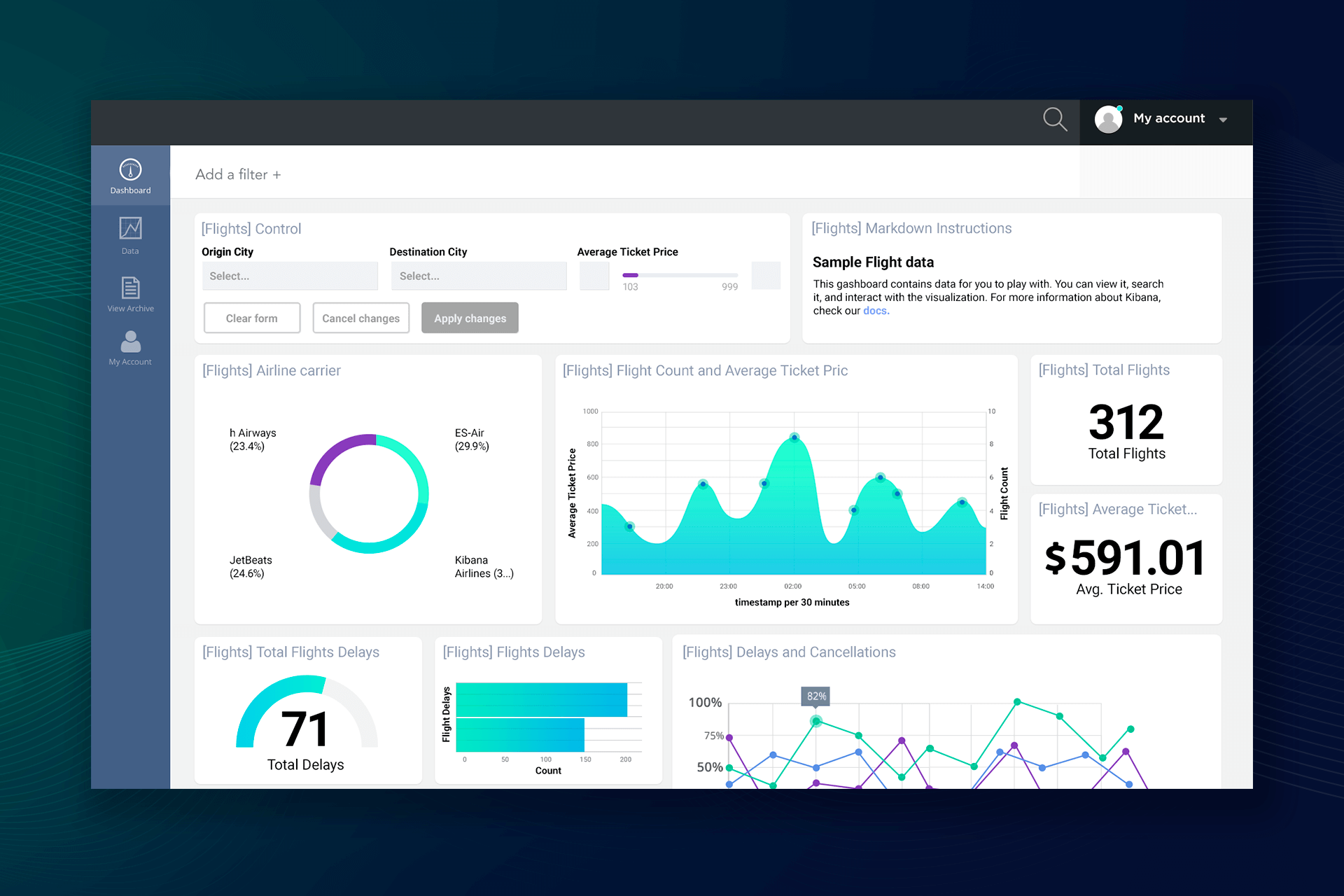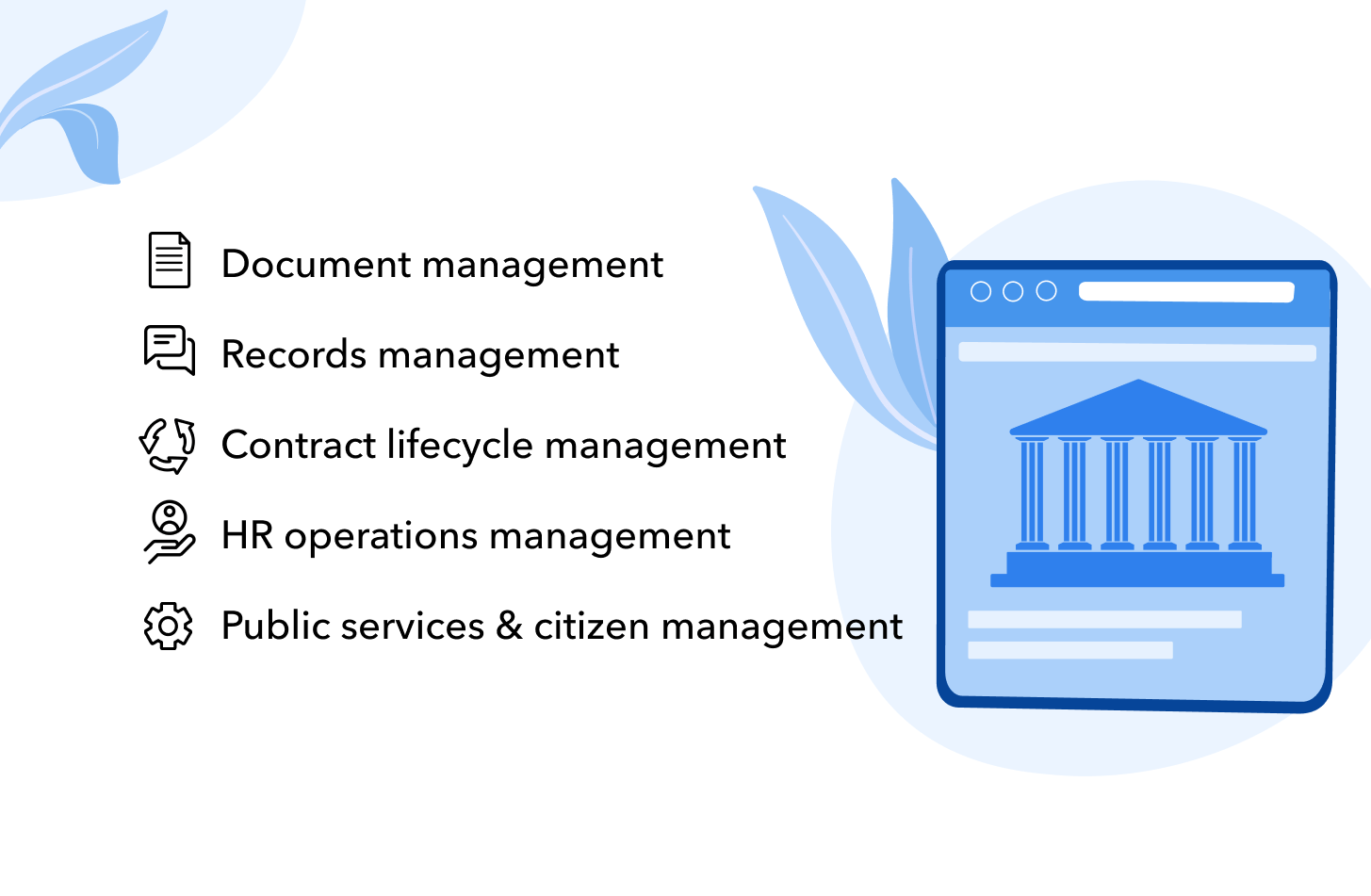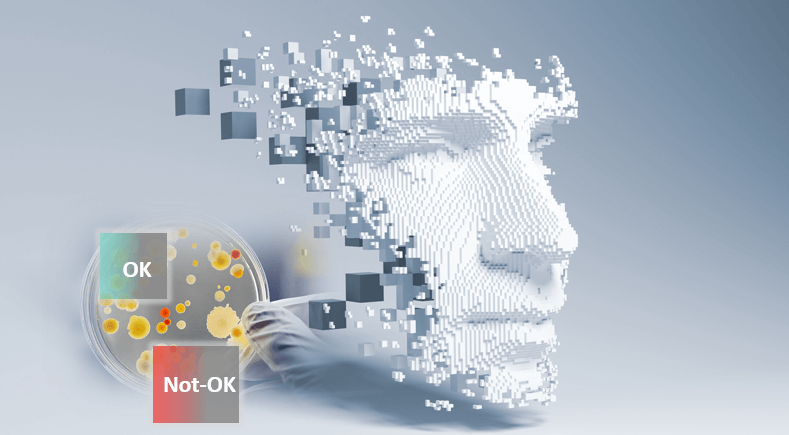Several years ago, Softengi successfully completed the project under the name Web Portal of Unified State Registers (hereinafter referred to as “the Web Portal”) administered by National Information Systems, a state-owned enterprise operating under the Ministry of Justice.
The idea to create the Web Portal stemmed from the Government’s urgent need to combine unified public registers (maintained with the use of different and often outdated software solutions) into a single information environment based on a common core. The ultimate aim was to facilitate registrars’ access to multiple registers, improve their performance, and provide citizens with high-quality administrative services.

Challenges of Web Portal Development
The primary project objectives were to:
- Accumulate information from multiple databases of registries and other information subsystems of the Ministry into a single information environment;
- Ensure a whole new level of operational reliability of the data security registries;
- Make it possible to create services for citizens and provide external users with access to data using the latest technologies and data protection tools;
- Migrate several registries from different software to a single modern platform, enabling their common functions and uniform access interface;
- Create and implement a mechanism for processing information, tracking user actions, ensuring authorization and authentication, etc.
Web Portal Development Steps
The joint development team created the System’s frontend and backend, which allows registrars to access the Web Portal and all of the unified state registers comprising it. The system was created on the basis of the low-code development framework Agora, which we developed to assist public organizations, financial institutions, and NGOs.
The Web Portal was developed based on the following principles and approaches:
- Modern software platform. UnityBase, our in-house cutting-edge development platform, was used to form the “business core” of the Web Portal, consisting of a number of technological subsystems and logical units;
- Single window. All registers can be accessed through a so-called “single window”;
- Common directories. All registers use a system of common directories (directory of administrative-territorial units, directory of users, etc.);
- Common administration system. All subsystems are administered through a common administration system;
- Data preservation. All data was moved from the old databases to the new Web Portal without any loss or distortion, and now can be maintained and processed.

So far, the development team has implemented the following subsystems:
- Property Rights and Encumbrances – a group of subsystems intended to: maintain the State Register of Property Rights; automate the process of registration of property rights and encumbrances to real estate; form a unified state information system for the registration of rights to real estate and their encumbrances, objects and subjects of these rights, and provide external users with access to information stored in the Register:
- Provision of Services to External Users – a brand new subsystem designed to implement the single mechanism for providing services in response to users’ electronic requests. This subsystem includes several units, such as: the eСabinet of Electronic Services as well as the Service of Preprocessing Applications for the Registration of the Rights to Real Property (currently operating in test mode; its architecture can be used to develop other solutions).
- Automated System of Enforcement Proceedings – an integrated information system that automates the process of conducting enforcement proceedings; it is intended for use by the State Executive Service;
- User Registry – was created to ensure the centralized administration of user access rights to the registers and keep data on organizations and staff working with the subsystems and information used in the system units;
- File Storage – a centralized electronic data storage designed to store documents generated by the System. It ensures the proper level of completeness, integrity, credibility, and security of all documents created, uploaded, processed, and exchanged by the subsystems and registers maintained by the System;
- Other recently added subsystems: Unified Register of Debtors and Unified Register of Private Enforcers.
Conclusion
The implementation of this project is a progressive step towards the establishment of eGovernment in Ukraine and contributes to the overall improvement of democracy and governmental transparency.
PEOPLE ALSO READ

Mental Well-Being Clinic for Virryhealth
Softengi developed a virtual clinic with interactive and non-interactive activities where visitors could schedule therapy sessions with medical experts and visit a VR chat in the metaverse to interact with the amazing nature and animals of the African savanna.

AI-Based Visual Inspection Case Study
Explore how businesses improve production control quality with Ionbond – an automated visual inspection, classification, and anomaly detection solution.

WhTech-WMS: Warehouse Management Software
With WhTech-WMS you can manage access and always know the location of your assets. It allows you to create custom reports and keep an eye on real-time alerts due to crashes or emergencies which gives you the opportunity to always monitor and understand the status of your equipment.

